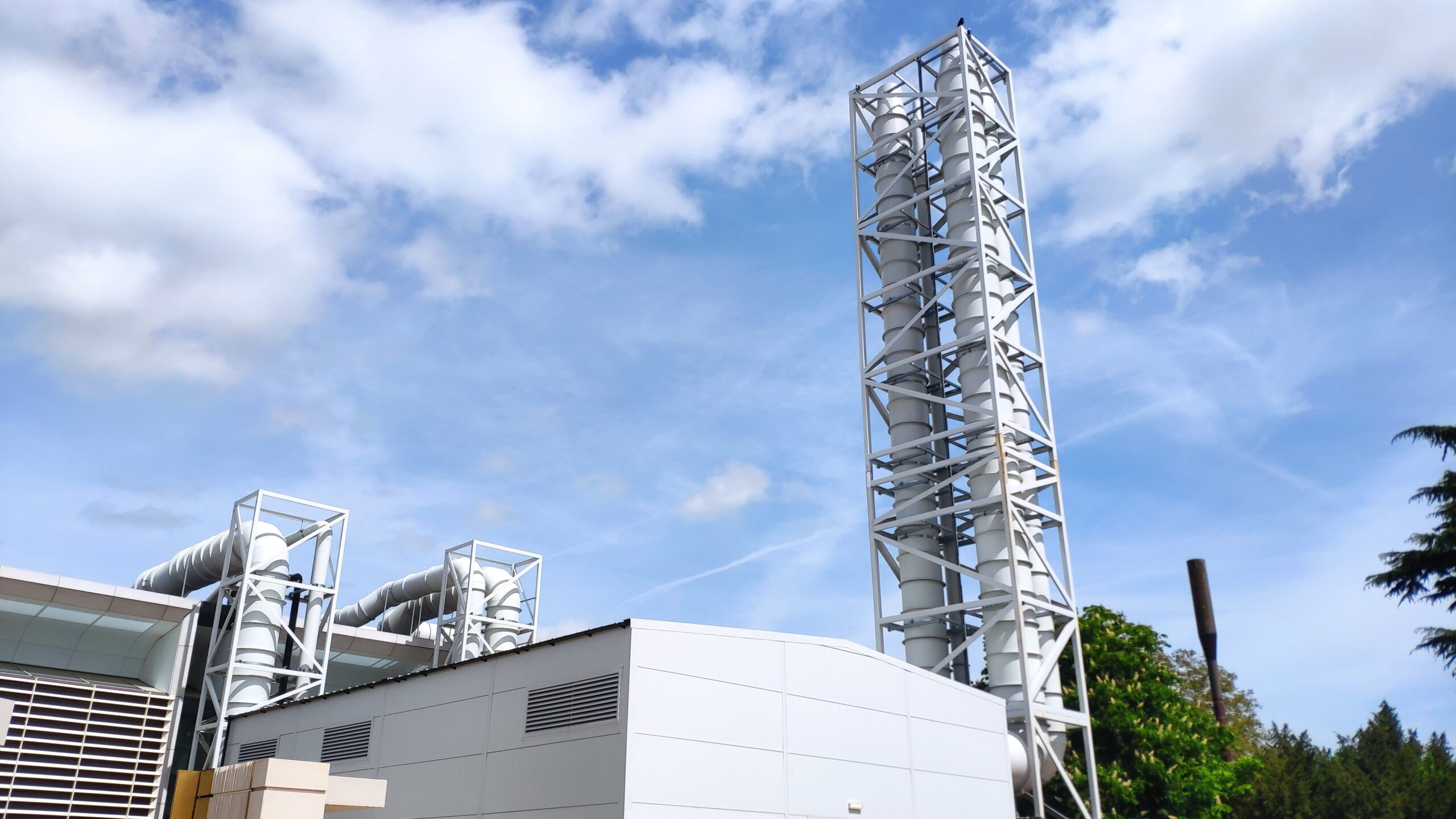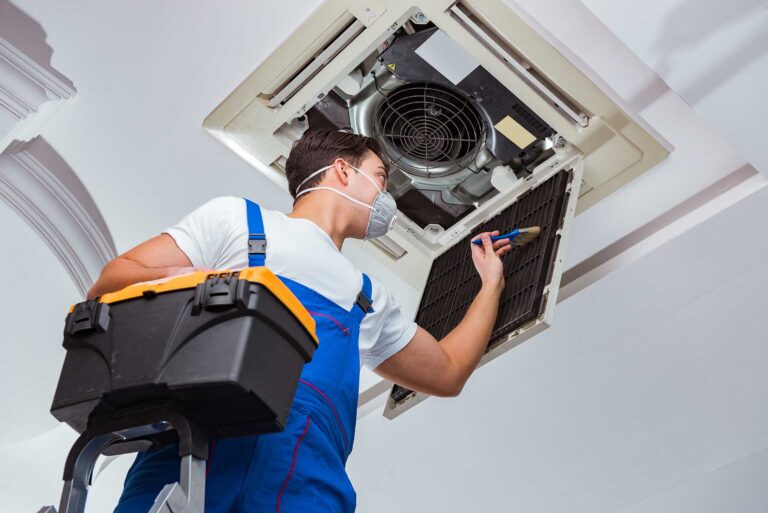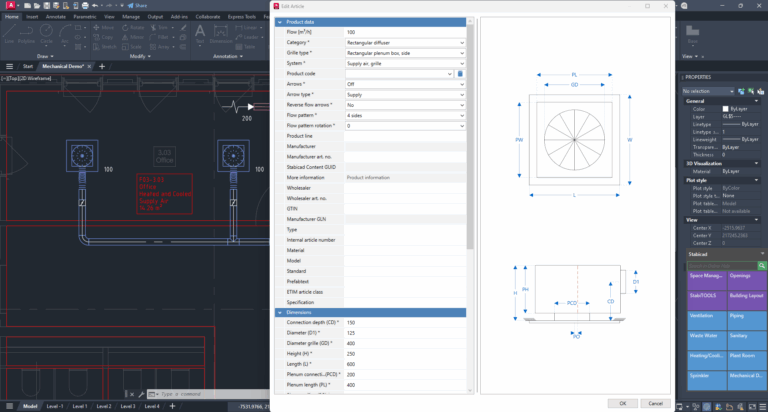
Engineering Confidence: The Value of High-Quality Plastic Fume Extract Ductwork Built to DW154 by Angel Ramos
In many industrial and laboratory environments, the safe and effective handling of chemical fumes and corrosive vapours is a non-negotiable necessity. Whether it’s in water treatment, pharmaceuticals, chemical processing, or research labs, managing airborne contaminants is essential to protect workers, equipment, and the surrounding environment.
At the heart of these systems lies the often-overlooked yet mission-critical component: fume extract ductwork. For operations dealing with corrosive or hazardous fumes, choosing high-quality plastic ductwork built to recognised standards—particularly DW154, the UK benchmark for plastic duct systems—is not just a good idea. It’s Safety-Critical.
Specialist companies like Roperhurst, with almost 50 years of experience in plastic ductwork and containment systems, have been at the forefront of delivering robust, compliant, and long-lasting ducting solutions that meet the stringent demands of modern industry.
Why DW154 Matters
DW154, published by the Building Engineering Services Association (BESA), sets out the specification for plastic ductwork used in fume extraction systems, especially those that carry corrosive or harmful fumes. It provides comprehensive guidance on material selection, jointing techniques, wall thicknesses, supports, and testing.
While metal ductwork (such as galvanized steel to DW144) dominates in general ventilation, plastic ductwork is the material of choice for fume extraction. Materials like PVC, polypropylene, and GRP (glass-reinforced plastic) offer excellent corrosion resistance and chemical compatibility. PPs-EL is both flame retardant and electrically conductive, giving high levels of chemical resistance whilst ensuring no static build up.
But simply using the right plastic isn’t enough. Without adhering to DW154’s design and fabrication rules, the integrity of a system can be compromised— a combination of high-quality fabrication and competent installation is a must.
That’s where experience and precision matter.
The Benefits of High-Quality Plastic Fume Extract Ductwork
- Chemical and Corrosion Resistance: Plastic ductwork is inherently resistant to a wide range of chemicals—including acids, alkalis, and solvents—that would rapidly degrade metal alternatives. High-spec polypropylene or GRP ducting can withstand aggressive environments over extended periods, reducing the risk of leaks and corrosion-related failures.
- Compliance with DW154 Ensures Reliability: DW154 provides a quality benchmark that ensures duct systems are designed and installed with consistent best practices. Ductwork manufactured and installed to this standard is structurally reliable, leak-resistant, and safe for long-term use in corrosive fume environments.
- Cost-Effective Over the Life of the System: Although plastic ductwork systems may carry higher upfront fabrication costs compared to low-spec alternatives, they pay off in reduced maintenance, longer service life, and fewer shutdowns for repairs. The use of DW154-compliant design ensures durability and long-term performance.
- Custom Fabrication for Complex Installations: High-quality ductwork—especially from specialist fabricators like Roperhurst—is tailored to the needs of each site. From custom fittings to complex extract configurations, experienced manufacturers can design solutions that work with existing infrastructure while maintaining full DW154 compliance.
Roperhurst: Precision and Performance in Every Duct
As a leader in plastic ductwork fabrication and installation, Roperhurst has earned a reputation for delivering safety-critical extract systems that stand up to demanding conditions.
Our in-house capabilities include:
- CNC precision cutting and bending
- Plastic welding and extrusion
- Sheet butt fusion
- GRP fabrication
- On-site installation by trained engineers
We fabricate systems in PVC, polypropylene, and GRP, often in combination, depending on the chemical compatibility required. Importantly, Roperhurst consistently builds to DW154 standards and is regularly audited by BESCA (a UKAS body) for quality compliance, ensuring every joint, bracket, and bend meets the necessary performance criteria.
As a longstanding BESA member and with ISO9001 certification, cutting corners is not an option.
Roperhurst was approached to fabricate and install fume extract ductwork in a modular plantroom, complete with new stacks, to facilitate the demolition of the existing plantroom whilst ensuring that downtime for process laboratories was minimised.
PVC/GRP ductwork was fabricated at our South Wales facility and installed into the modular plantroom at an off-site location. Stacks and transition ductwork were also pre-loaded into steel frames.
Everything was then transported to site and the modules reassembled, meaning that operations went down for only a short period as duct runs were cut, rotated and reconnected to the new.
Because of Roperhurst’s experience, the end users benefitted not only from enhanced safety and performance but also from minimal disruption during installation, thanks to careful planning and offsite modular installation.
Avoiding Pitfalls: Why Cutting Corners Isn’t Worth It
It’s worth noting that not all plastic ductwork is created equal. Substandard systems—often fabricated without full DW154 compliance—can pose serious risks. Thin-walled ducts, poorly fused joints, or under-supported runs may be cheaper up front, but they often result in:
- Chemical leaks and VOC release
- Costly maintenance and downtime
- Premature failure requiring system replacement
- Non-compliance with health, safety, and environmental regulations
Investing in properly engineered and fabricated ducting not only protects end user operatives and assets—it demonstrates a company’s commitment to best practice and long-term performance.
A Key Component of Sustainable Infrastructure
In a world where environmental performance and worker safety are under the spotlight, high-quality fume extract systems are more critical than ever. Whether you’re dealing with sulphuric acid vapours in a treatment plant, solvent fumes in a lab, or ammonia emissions in a factory, DW154-compliant plastic ductwork is a cornerstone of sustainable, compliant infrastructure.
By working with expert contractors like Roperhurst, operators gain access to bespoke solutions that are chemically robust, structurally sound, and designed for the long term.
Conclusion: Build It Right, Breathe Easy
Effective fume extraction is about more than just removing air—it’s about protecting people, preserving assets, and proving environmental responsibility. And at the heart of a reliable extraction system lies the ductwork.
By choosing plastic ducting fabricated to DW154 standards, and partnering with experienced safety-critical contractors like Roperhurst, you ensure your system is built to perform, last, and comply with all relevant regulations.
In short: build it right the first time—and breathe easy.
About Roperhurst
Roperhurst has been providing bespoke plastic ductwork and fume containment solutions since 1976. With expertise across the water, chemical, manufacturing, and pharmaceutical sectors, they deliver durable, efficient systems for fume extraction, odour control, and process ventilation. Learn more at www.roperhurst.com.
Roperhurst is part of the Safety Critical Plastic Solutions Group, with four locations across England and Wales. SCPS Group offers turnkey plastics engineering solutions from consultancy and design through manufacture and commissioning to on-going maintenance. Learn more at www.scps-group.com.
4Ssurance ® is the process by which SCPS Group companies ensure the necessary skills, knowledge experience and behaviours for your project.


